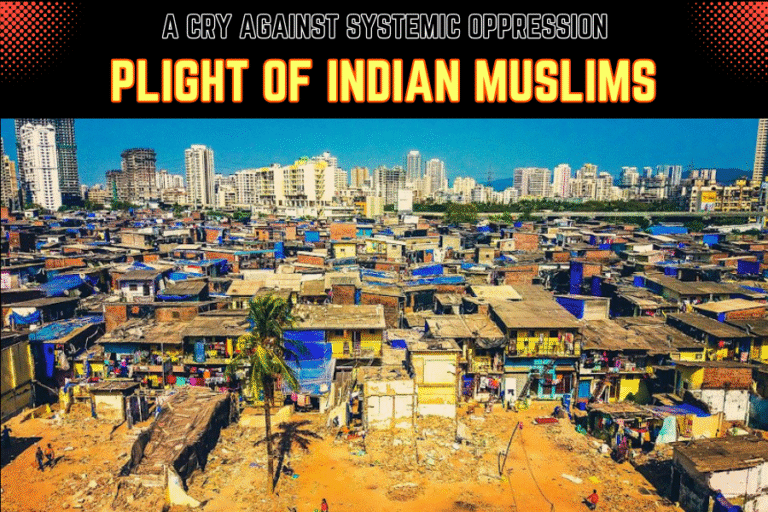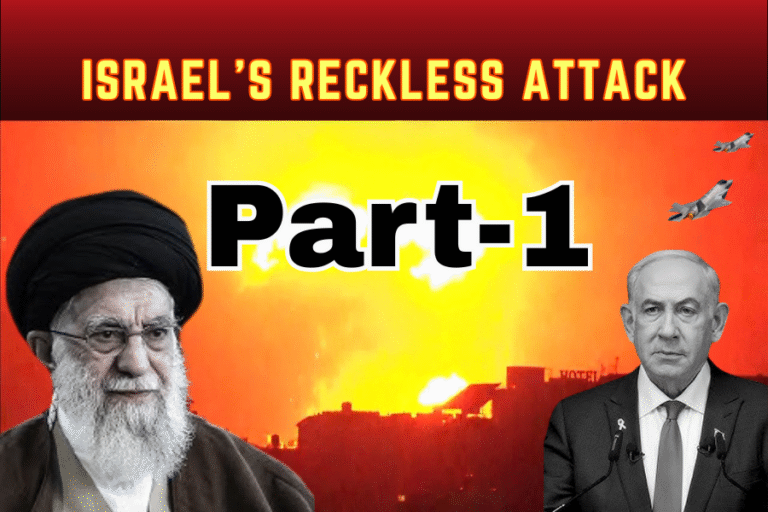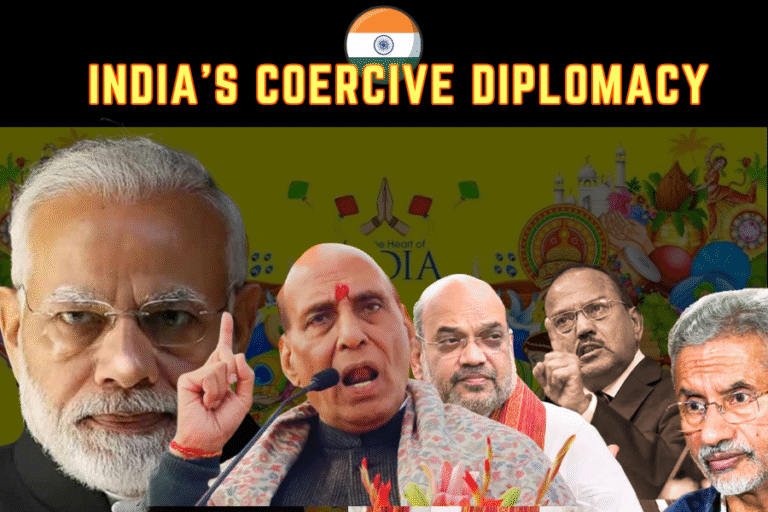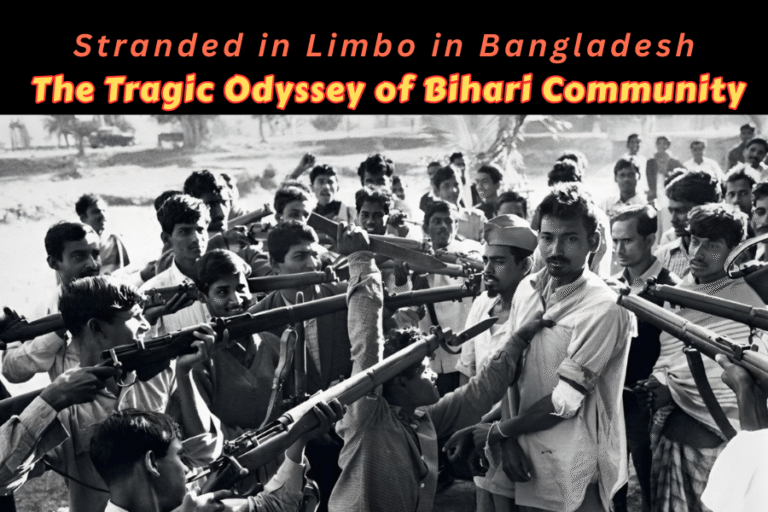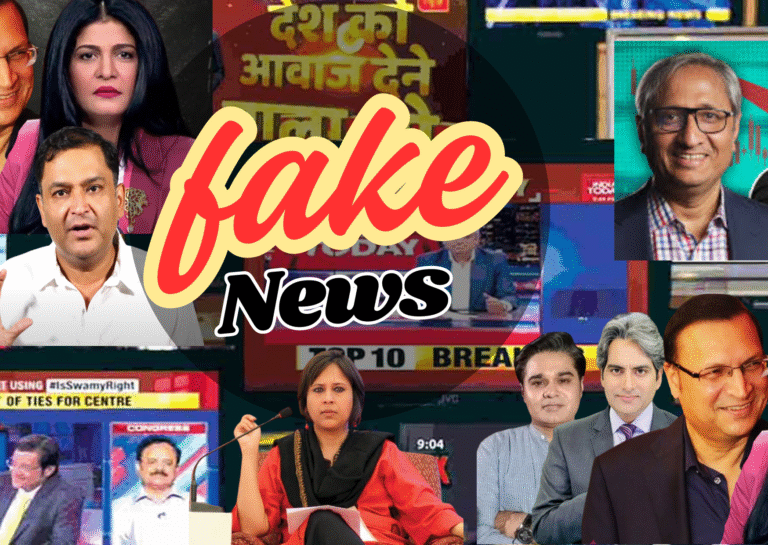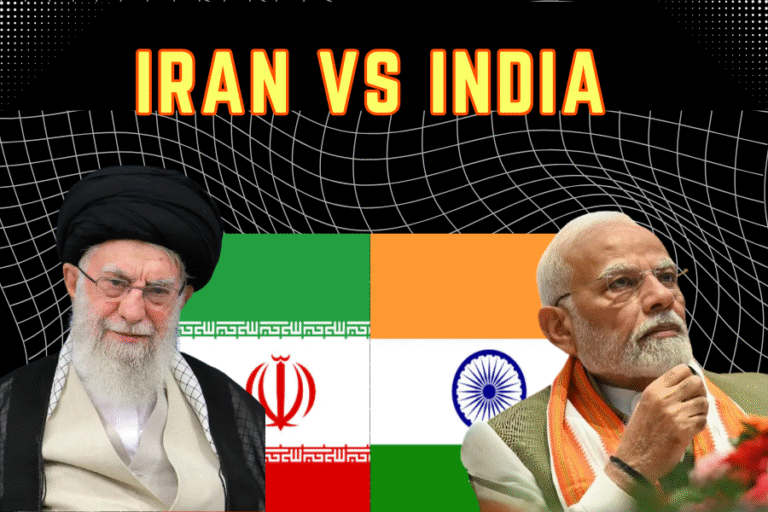(By Khalid Masood)
Arrogance, as Dante wrote in Inferno, is one of the “tongues men know and heed, a babel of despair.” Defined as an attitude of superiority manifested in overbearing conduct or presumptuous claims, arrogance erodes humility and fosters self-obsession, blinding leaders to their weaknesses while exaggerating perceived strengths (Merriam-Webster). In the case of India, particularly under the Bharatiya Janata Party (BJP) and Prime Minister Narendra Modi, this “serious disease of the mind” has permeated its diplomacy, statecraft, and governance, transforming the nation into one perceived as driven by false pride and invincibility. India’s actions, marked by unsubstantiated accusations, unilateral aggression, and dismissive attitudes toward regional and global norms, reflect a consistent pattern of arrogance. This article, informed by open-source reports, X posts, and regional analyses, examines India’s hubris through key instances, its roots in the Hindutva ideology and Doval Doctrine, and its consequences for South Asian stability.
I. The Roots of India’s Arrogance
Arrogance is not a sudden affliction; it grows insidiously, gnawing at humility and fostering an obsession with self-superiority. India’s transformation into a nation exuding false pride stems from its self-proclaimed title of Vishwa Guru (Teacher of the World), a narrative that has fueled condescension rather than cooperation. Under Modi, the BJP’s Hindutva ideology, rooted in Hindu nationalist supremacy, has merged with the Doval Doctrine, articulated by National Security Adviser Ajit Doval, which advocates pre-emptive strikes and covert operations to assert dominance. This blend has fostered a leadership style that assumes moral and military superiority, dismissing the sovereignty of neighbors like Pakistan and ignoring international norms.
India’s arrogance derives power through both de jure (e.g., Modi’s electoral mandates) and de facto means (e.g., media-driven nationalism and military posturing). Leaders like Modi, hoisted by populist strategies rather than universal validation, rule through coercion, fear, and an inflated sense of invincibility. This hubris, abhorred across societies and religions for its rejection of humility, has alienated India’s neighbors and eroded its global credibility, as seen in its diplomatic isolation post-2025 Pahalgam attack.
II. Instances of India’s Arrogance
1. Unsubstantiated Accusations Post-Pahalgam Attack (April 2025)
Following the 22 April 2025 Pahalgam attack, which killed 26 civilians in Indian Occupid Kashmir, led by Modi and S. Jaishankar, swiftly accused Pakistan of sponsoring The Resistance Front (TRF) without evidence. India’s unilateral suspension of the Indus Waters Treaty, closure of the Wagah-Attari border, and banning of 16 Pakistani YouTube channels reflected an overbearing approach (Newsweek). Jaishankar’s claim that Pakistan was “up to its eyeballs” in terrorism ignored the UN Security Council’s neutrality and the G7, SCO, and QUAD’s refusal to endorse India’s narrative. This assumption of moral superiority, refusing Pakistan’s call for a neutral investigation, showcased India’s hubris, which backfired as China and Russia supported Pakistan’s stance, isolating India diplomatically (The Diplomat).
2. Operation Sindoor’s Denial of Military Setbacks (May 2025)
During Operation Sindoor (6–10 May 2025), India launched air and missile strikes targeting alleged LeT and JeM camps in Azad Kashmir and Pakistani Punjab, claiming precision and no losses. Whereas, PAF shot down six Indian jets, including three Rafales during that attack. Later PAF jetsdestroyed two S-400 batteries, yet Air Marshal Awadhesh Kumar Bharti denied setbacks until July 2025 gallantry awards admitted 100 casualties (Reuters, The New York Times). Navy Captain Shiv Kumar’s June 2025 admission in Indonesia that political constraints cost India three Rafales and one Su-30MKI exposed India’s arrogant propaganda (The Wire). This refusal to acknowledge verified losses, driven by the Doval Doctrine’s hubris, eroded India’s credibility, while Pakistan’s transparency strengthened its position.
3. Sabotage of SAARC and Regional Isolation (2016–2025)
India’s boycott of the 2016 SAARC summit in Islamabad post-Uri, followed by its push for BIMSTEC, stalled regional cooperation. Its veto of the SAARC Motor Vehicles Agreement in 2014 and cancellation of the SAARC Visa Exemption Scheme post-Pahalgam assumed regional dominance without consulting neighbors like Nepal or Sri Lanka (The Hindu). The South Asia-China Alliance (SACA), discussed in Kunming on 19 June 2025, emerged as a Pakistan-China-led response, with Bangladesh, Sri Lanka, and the Maldives showing interest. India’s expectation that neighbors would align with its anti-Pakistan stance, ignoring their reliance on China’s BRI and CPEC, reflects a dismissive arrogance, alienating SAARC members and fueling SACA’s rise.
4. Judicial Hypocrisy in the 2007 Samjhauta Express Bombing
The 2007 Samjhauta Express bombing killed 68 Pakistanis, with evidence implicating Hindutva extremists, including Lieutenant Colonel Shrikant Purohit. India’s stalled investigation and 2019 acquittal of all accused, with Purohit serving in the Indian Army, contrasted with Pakistan’s prosecution of Hafiz Saeed under FATF standards (The Wire). India’s dismissal of Pakistan’s demands for justice, while accusing Pakistan of terrorism, reflected an arrogant belief in impunity, reinforcing its judicial hypocrisy and fueling Pakistan’s distrust.
5. Kulbhushan Jadhav’s Arrest and Denial of Espionage (2016)
Pakistan’s 2016 arrest of Kulbhushan Jadhav, an Indian Navy officer, in Balochistan for alleged R&AW sabotage against CPEC, was met with India’s denial, claiming he was a “businessman” kidnapped from Iran. Jadhav’s confession, presented at the UN, detailed India’s covert operations (Dawn). India’s refusal to engage with evidence and assumption that its narrative would prevail globally, despite the ICJ’s 2019 ruling granting Pakistan consular access, showcased arrogant defiance. This incident exposed India’s covert aggression under the Doval Doctrine, strengthening Pakistan’s case against state-sponsored terrorism.
6. Transnational Assassinations and Global Backlash (2023–2025)
India’s involvement in the 2023 assassination of Sikh activist Hardeep Singh Nijjar in Canada and a foiled 2025 plot against Gurpatwant Singh Pannun in the US drew global condemnation. A US court summoned Ajit Doval and former R&AW chief Samant Goel, linking R&AW to nearly two dozen killings, including in Pakistan (Reuters, The Washington Post). Jaishankar’s dismissal of allegations as “baseless” and India’s refusal to cooperate with investigations reflected an arrogant belief in diplomatic immunity, ignoring international norms. Canada’s expulsion of Indian diplomats and US criticism weakened India’s global standing, as Pakistan highlighted its rogue behavior (The Diplomat).
7. Modi’s Hindutva-Driven Rhetoric and Regional Provocations
Modi’s speeches, such as his 2019 claim to “teach Pakistan a lesson” post-Pulwama and 2025 framing of Pakistan as an “existential threat” post-Pahalgam, assume India’s moral and military superiority. The 2019 revocation of Article 370 in Kashmir, without consulting Kashmiris or Pakistan, inflamed tensions (The Wire). Hindutva’s populist posturing, critiqued by Robert Vadra, dismisses Pakistan’s sovereignty and nuclear status, alienating neighbors and global powers, as seen in SCO neutrality and SACA’s formation.
8. Refusal to Engage in Dialogue or Reciprocity
India’s rejection of Pakistan’s dialogue offers, including post-Pahalgam assumes Pakistan’s subservience. India’s failure to provide evidence for Mumbai, Pulwama, or Pahalgam attacks, while demanding Pakistan extradite figures like Hafiz Saeed, lacks reciprocity and ignores Pakistan’s FATF compliance (Dawn). This condescending stance fueled SACA, isolating India while strengthening Pakistan’s alliances with China, Turkey, and Azerbaijan).
9. False Flag Operations and Global Deception
India’s history of alleged false flag operations—such as the 2000 Chittisinghpura massacre of 35 Sikhs, blamed on Pakistan but linked to R&AW by declassified CIA files (The Hindu), and similar narratives in Uri, Pulwama, and Pahalgam—reflects arrogant manipulation. In 2000, India urged US President Bill Clinton to skip Pakistan, but CIA evidence prompted his visit (Dawn). India’s assumption that it could shape global narratives without scrutiny backfired, as seen in G7, SCO and QUAD neutrality post-Pahalgam.
10. Censorship of International Media (May 2025)
In May 2025, India ordered X to block over 2,000 accounts, including two belonging to Reuters, prompting backlash for press censorship. X’s statement, reported by The Guardian, noted potential criminal liability for non-compliance, highlighting India’s coercive tactics. The restoration of Reuters’ accounts after global criticism did not resolve the status of other blocks, reflecting India’s arrogant assumption of control over global media narratives (The Guardian).
III. The Vishwa Guru Delusion
India’s self-proclaimed Vishwa Guru narrative, amplified by Modi’s chest-thumping nationalism, assumes global leadership without accountability. This arrogance manifests in:
- Regional Alienation: Border disputes with China, water tensions with Nepal and Bangladesh, and interference in Sri Lanka and the Maldives have isolated India, as smaller nations turn to China’s BRI and SACA.
- Selective Victimhood: India’s demands for global support post-Pahalgam, while ignoring its repression in Kashmir and transnational killings, ring hollow, as noted by Foreign Policy.
- Bollywood-Style Diplomacy: India’s false flag operations and media-driven narratives assume the world will accept its propaganda, only to face skepticism (The Diplomat).
IV. Global and Regional Consequences
India’s arrogance has undermined its long-term interests:
- Diplomatic Isolation: The G7, SCO, and QUAD’s refusal to back India post-Pahalgam, coupled with Canada’s and US criticism over assassinations, weakened its global standing (Reuters).
- Regional Backlash: SACA’s rise, with Pakistan, China, and others, counters India’s hegemony, as Bangladesh and Sri Lanka seek alternatives (The Express Tribune).
- Domestic Fallout: Opposition leaders like Pawan Khera and Robert Vadra criticized Modi’s secrecy post-Sindoor, while human rights bodies, once supportive, now condemn India’s actions (The Wire).
Pakistan’s resilience—seen in downing six Indian jets in May 2025 and leading SACA—exposes India’s vulnerabilities, akin to how Iranian missiles busted Israel’s Iron Dome myth. India’s belief in invincibility, like Netanyahu’s, has been shattered by those standing up to its bullying.
V. Conclusion: The Cost of Hubris
India’s arrogance, rooted in Hindutva and the Doval Doctrine, has transformed it into a nation of false pride, alienating neighbors and global partners. From unsubstantiated accusations and false flag operations to transnational killings and media censorship, India’s actions reflect a self-obsessed superiority that ignores international norms. Modi’s leadership indulges in divisive rhetoric and aggressive policies, assuming impunity. Yet, Pakistan’s military triumphs in Operation Bunyan-un-Marsoos and diplomatic gains through SACA prove that India’s Vishwa Guru delusion is just that—a delusion. For sustainable influence, India must replace hubris with humility, engaging neighbors as equals. Until then, its arrogance will continue to isolate it, while Pakistan’s resilience reshapes South Asia.


